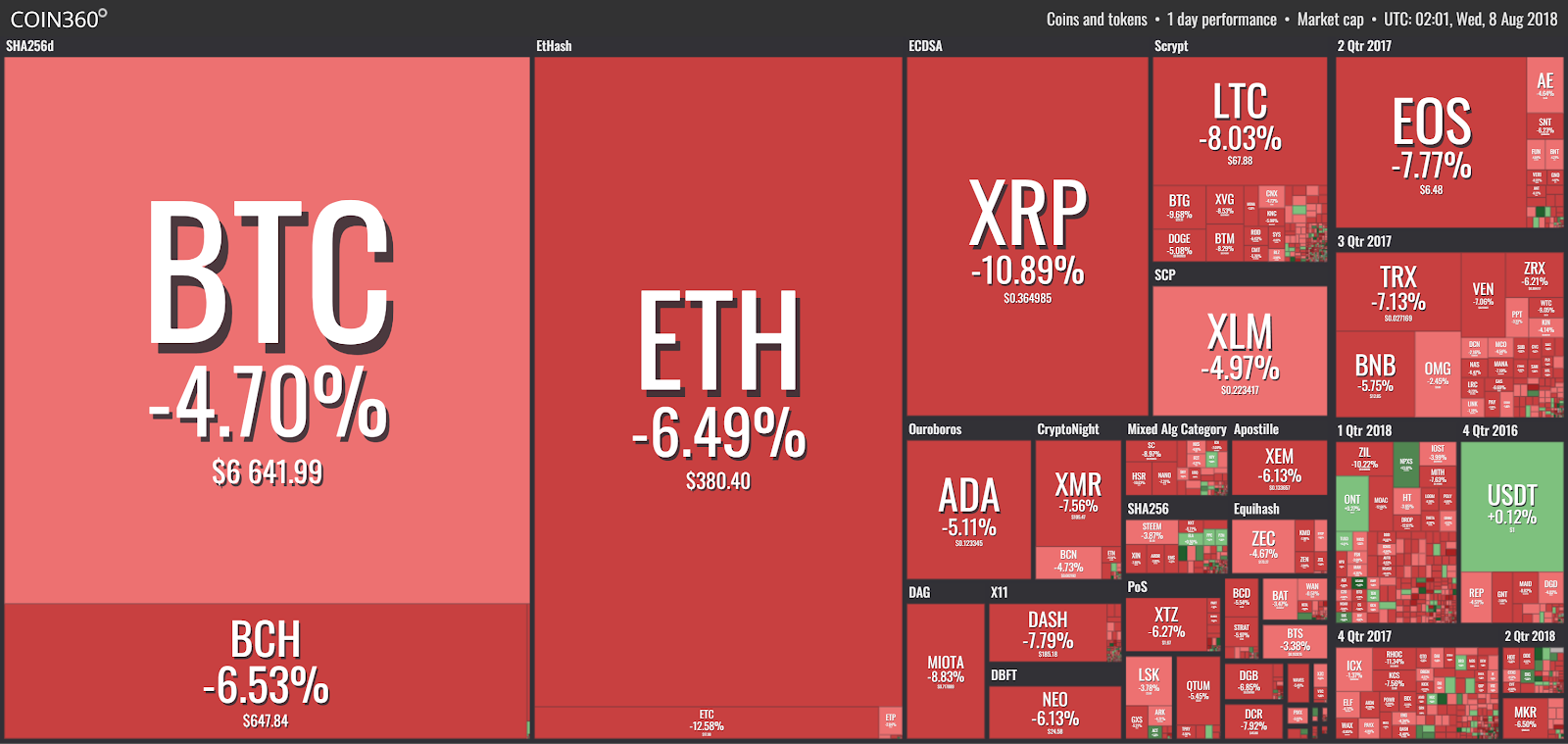Bitcoin Halving in a Nutshell
Bitcoin halving is due to occur at some point in May 2020. What is it, and what does it mean for investors? “The halving” is one of the most anticipated events in the history of cryptocurrency. In short, the number of block rewards, or bitcoins, dropping into circulation, will be reduced by half from 12.5 to 6.25. This has occurred every four years, twice before in the existence of bitcoin. Theoretically, the halving may result in quick wealth, since while the rate of supply of new bitcoin will be reduced, but demand will hopefully stay the same, making each coin more desirable and possibly compounding its price. This is why to existing investors, the prospects of the halving are exciting.
Aside from a possible short term price fluctuation, the more relevant effect for bitcoin may be the change in the function of the currency due the decline in minting rate. The incentive for mining bitcoin is an essential component of the security the currency offers, since mining is what encrypts transactions. With time, as more bitcoin enters the world, the reward for mining dwindles, which will eventually undermine that entire side of interacting with the currency. A more thorough explanation of this process follows.
Not all bitcoins that will eventually exist have yet entered circulation. The way that each new coin is “born” is as a block reward received by “bitcoin miners” who, generally in teams, engage in “mining” through immense joined computing power. Approximately every four years, or every 210,000 blocks, the total sum of bitcoins available to be mined is halved, which is the event occurring at some point in May 2020: “The Halving”. This also explains why a specific date and time for the event is not yet known, since it is through mining the 210,000 blocks that the halving occurs.
At the dawn of bitcoin, 50 coins were mined within every 10 minutes; however, that rate halved every four years to the current rate of 12.5 coins each 10 minutes. The total amount of 21 million coins will be the ending point of the entire process, likely in the year 2140. This illustrates why bitcoin mining was far more lucrative a decade ago than it will be a decade from now.
Satoshi Nakamoto, the pseudonymous individual or team behind the creation of bitcoin, disappeared in 2010, and so the reasons behind the methodology are not new. Shortly after releasing the bitcoin whitepaper, Nakamoto, who could not yet have known the future success of bitcoin, theorized how the reward system may play out. Bitcoin differs from most centralized monetary policies in that the supply schedule is set in stone, whereas a central bank, such as the US Federal Reserve can control the supply of money in circulation. The bitcoin supply schedule removes politics and human machinations from the equation, resulting in a predictable inflation schedule.
The unwavering scarcity of bitcoin is what makes it valuable. In stark contrast to bitcoin’s halving reward, the quantity of US dollars in circulation has roughly tripled since 2000, largely as result of human intervention and government bailouts. Therefore, Nakamoto’s choice to end the reward for mining bitcoin at 0 may be a political statement as well as monetary policy.
The post Bitcoin Halving in a Nutshell appeared first on COINMARKET.



